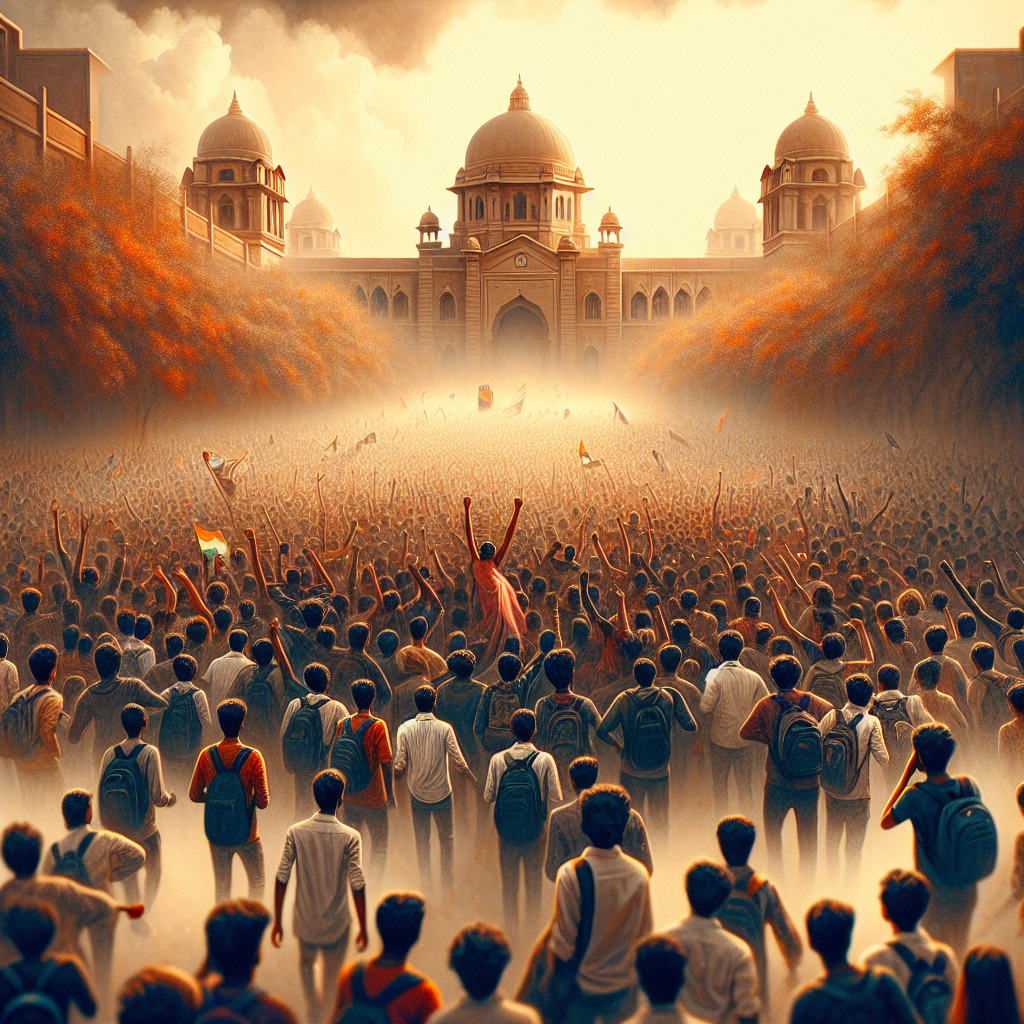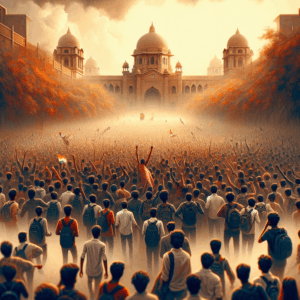
The recent student protests at Rajasthan University have gripped headlines—and Google searches. As thousands of young voices rise against campus policies, search queries on these events have skyrocketed. This article dives into what’s happening on the ground, what Google Trends reveals, and why these protests matter for students, educators, and policy-makers across India.
It started with a photograph: a sea of students, banners raised, marching through Rajasthan University’s gates. Within hours, “Rajasthan University student protest” began trending on Google, reflective of a nationwide curiosity for the unfolding campus unrest.
What’s happening?
Student bodies at Rajasthan University initiated mass demonstrations following the administration’s decision to implement new exam guidelines and increase hostel fees. Reports from top-rated News18 and The Times of India detail sit-ins, peaceful rallies, and social media campaigns that have drawn significant participation. According to Google Trends, related searches spiked, peaking within 24 hours of the official announcement, pushing hashtags like #RajasthanUniProtests and “student rights in Rajasthan” to the forefront.
Why it matters
This surge in activism signals a broader shift in youth engagement with university policies and their digital voice. The Google Trends analysis shows an increasing intersection between digital activism and physical protests; queries about student protests, university fee hikes, and academic policies are echoing across the country. These events highlight pressing concerns about affordability, transparency, and the responsiveness of educational authorities to student voices. Sources such as Hindustan Times and NDTV emphasize how these protests portend a new era of campus activism, where online momentum fuels offline action.
What’s next
- Policy Announcements: University authorities have promised to review the hostel fee hike within the coming weeks, with an updated circular expected soon.
- Vote Timelines: Student union elections are set for the following month, and candidates are now aligning their manifestos with protest demands.
- Stakeholder Reactions: Reactions from faculty, state education ministers, and national student associations reveal both support and calls for peaceful dialogue.
Google Trends suggests continued volatility in search traffic as new developments arise and students await the administration’s response. Social media followings and live-streamed debates are shaping public sentiment in real-time.
Conclusion
The student protests at Rajasthan University exemplify the fusion of campus activism with digital advocacy, as evidenced by surges in Google searches and trending hashtags. As policy decisions loom and national attention grows, these events may well redefine student-administrator relations. Do you think digital activism amplifies or distracts from the real issues behind today’s student protests?







